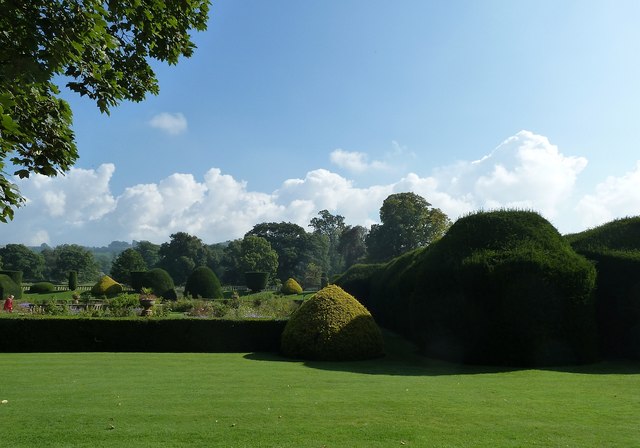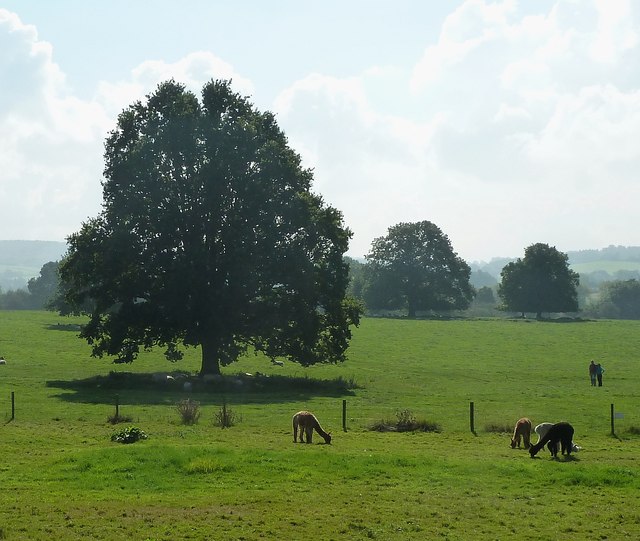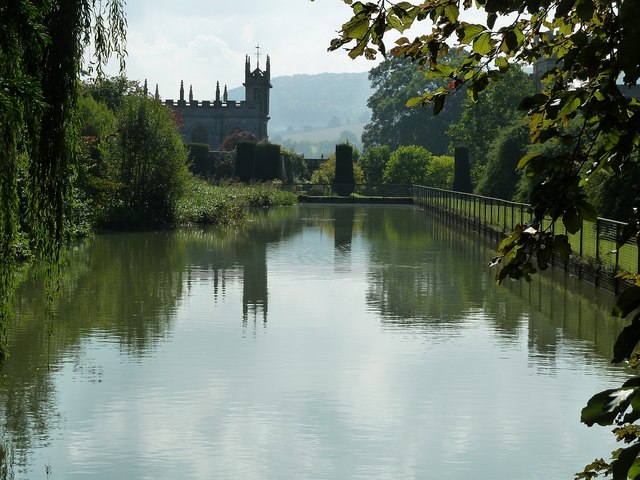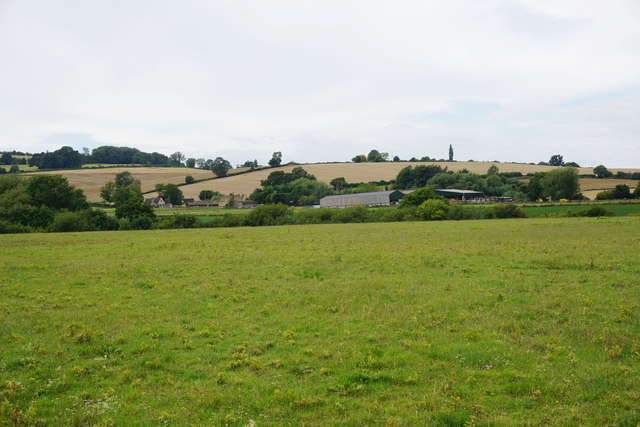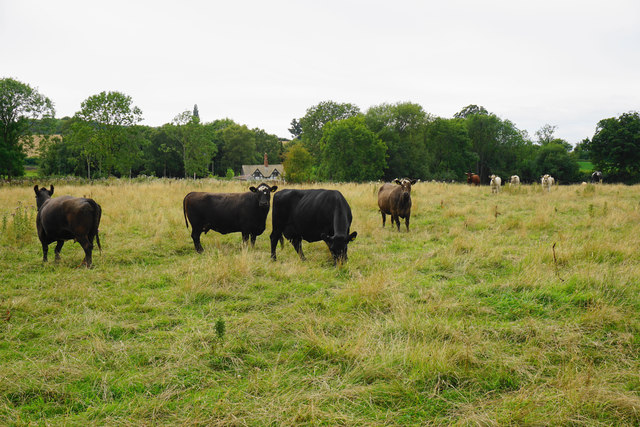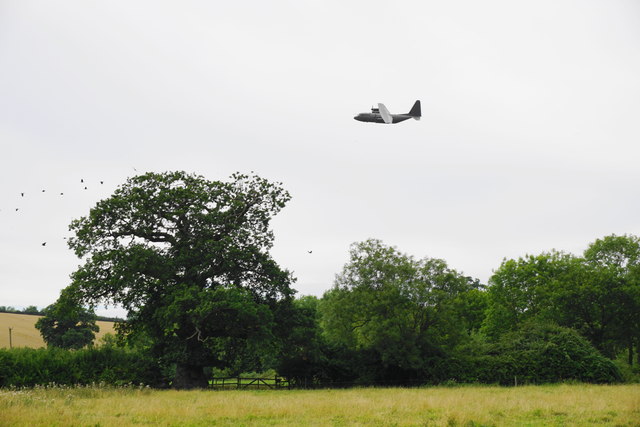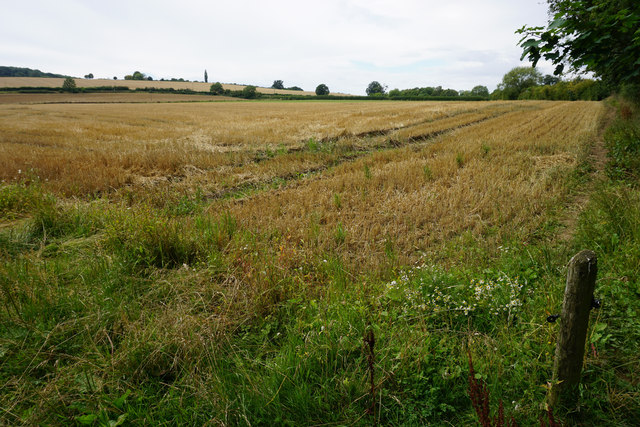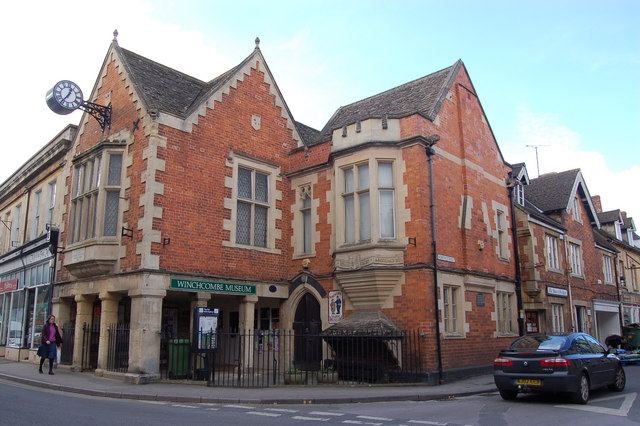The Dingle
Valley in Gloucestershire Tewkesbury
England
The Dingle
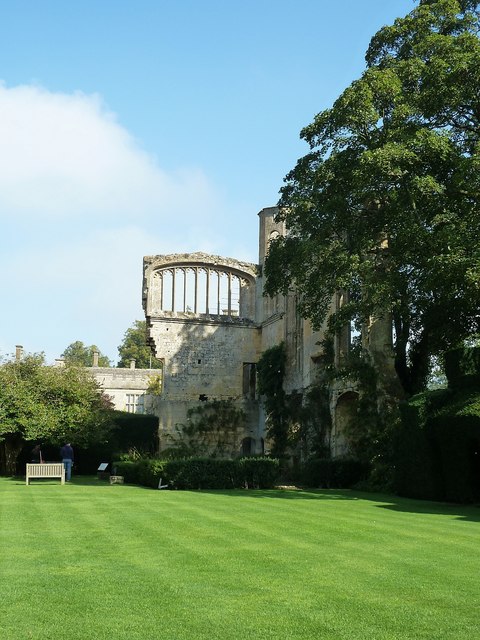
The Dingle, located in Gloucestershire, is a picturesque valley that offers a serene and scenic escape from the hustle and bustle of city life. Situated in the beautiful Cotswold region, this tranquil valley is surrounded by rolling hills and lush greenery, providing visitors with a truly idyllic setting.
The Dingle is renowned for its natural beauty, with a meandering stream flowing through the valley, adding to its charm. The area is abundant in wildlife, making it a popular spot for nature enthusiasts and birdwatchers. Visitors can spot a variety of bird species, including kingfishers, herons, and woodpeckers, as well as other wildlife such as deer and rabbits.
The valley is also home to a number of walking and hiking trails, offering visitors the opportunity to explore the stunning countryside. These trails cater to all levels of fitness, from gentle walks suitable for families to more challenging hikes for experienced adventurers. The Dingle is particularly popular during the spring and summer months when wildflowers bloom, creating a vibrant and colorful landscape.
For those seeking a peaceful retreat, The Dingle offers several picnic spots where visitors can relax and enjoy the tranquility of the surroundings. Additionally, there are some benches strategically placed along the walking trails, providing a perfect spot to take in the breathtaking views.
Overall, The Dingle in Gloucestershire is a hidden gem that showcases the natural beauty of the Cotswolds. With its peaceful atmosphere, diverse wildlife, and stunning scenery, it is a must-visit destination for nature lovers and anyone seeking a peaceful escape.
If you have any feedback on the listing, please let us know in the comments section below.
The Dingle Images
Images are sourced within 2km of 51.949201/-1.9406347 or Grid Reference SP0427. Thanks to Geograph Open Source API. All images are credited.
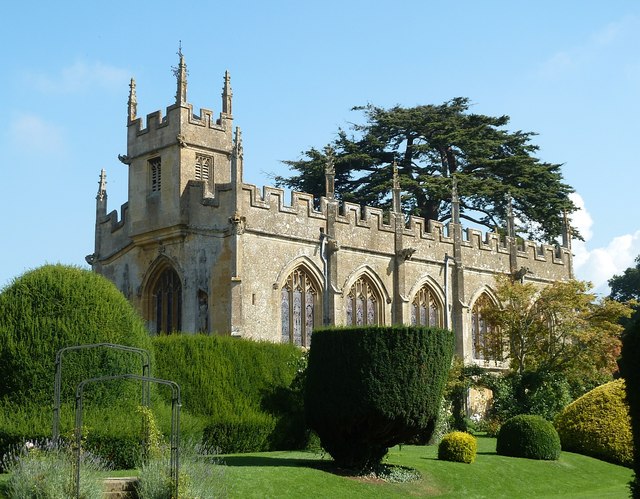
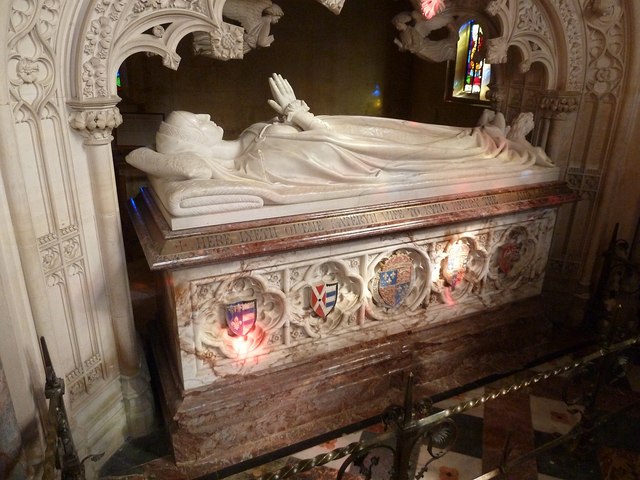
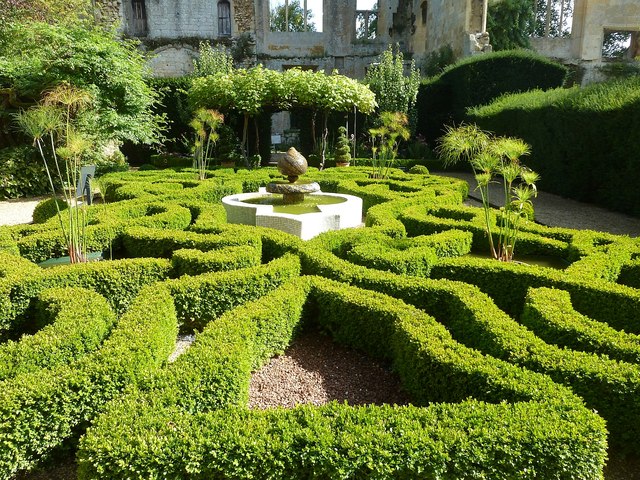
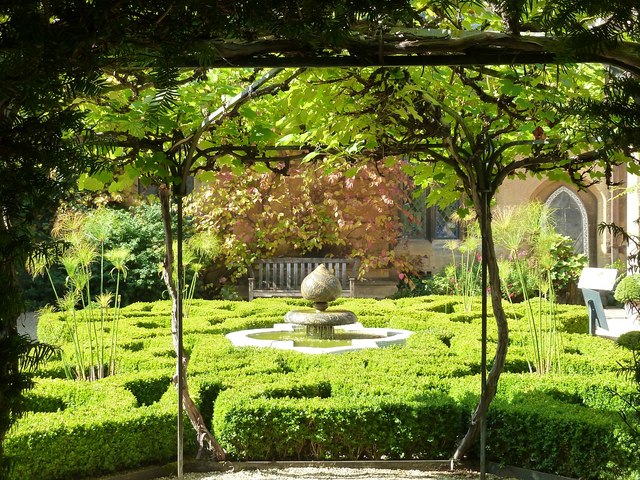
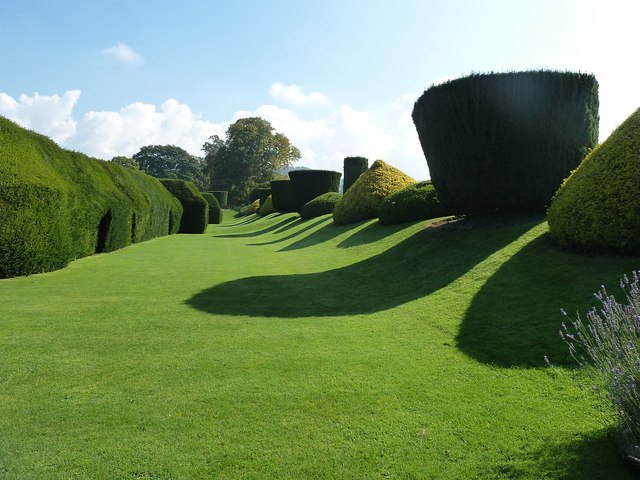
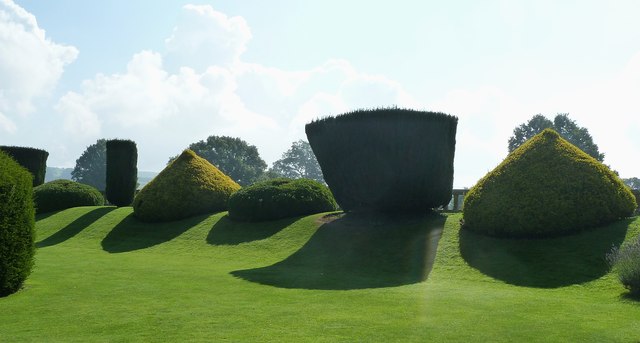
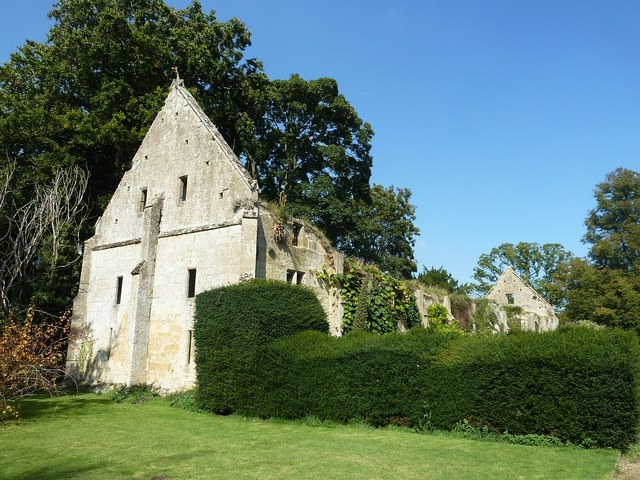
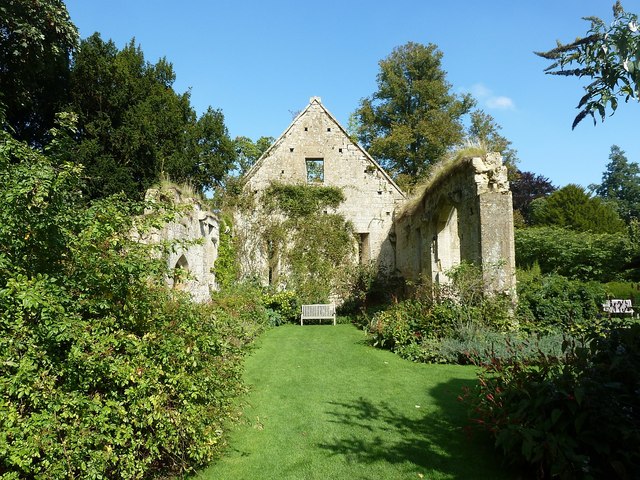
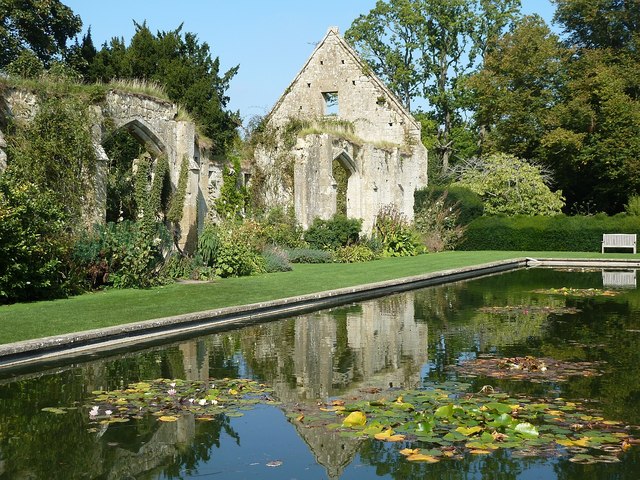
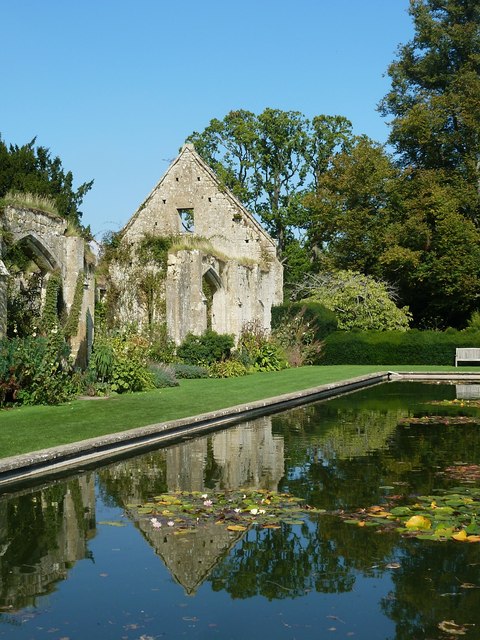
The Dingle is located at Grid Ref: SP0427 (Lat: 51.949201, Lng: -1.9406347)
Administrative County: Gloucestershire
District: Tewkesbury
Police Authority: Gloucestershire
What 3 Words
///painted.blanking.crew. Near Winchcombe, Gloucestershire
Related Wikis
5 North St
5 North St, also known as 5 North Street, is a restaurant located in Winchcombe, Gloucestershire, England, which is owned and run by chef Marcus Ashenford...
Winchcombe Town Hall
Winchcombe Town Hall is a municipal building in the High Street, Winchcombe, Gloucestershire, England. The structure, which accommodates the Winchcombe...
Winchcombe
Winchcombe () is a market town and civil parish in the Borough of Tewkesbury in the county of Gloucestershire, England, it is 6 miles (10 km) north-east...
Winchcombe Castle
Winchcombe Castle was a castle in the town of Winchcombe in Gloucestershire, England. The motte and bailey castle was built during the chaos of the Anarchy...
Nearby Amenities
Located within 500m of 51.949201,-1.9406347Have you been to The Dingle?
Leave your review of The Dingle below (or comments, questions and feedback).
